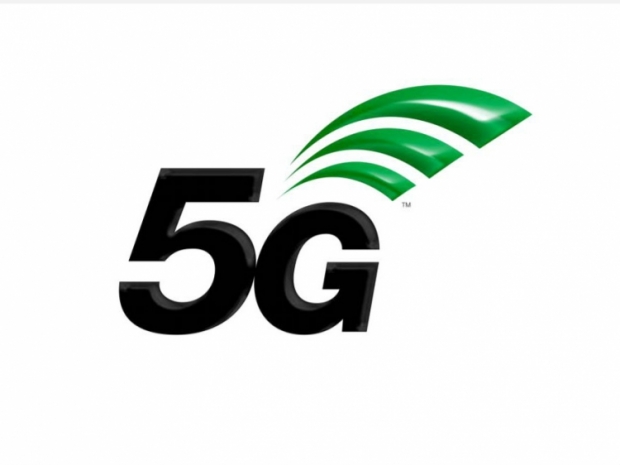AT&T and Verizon were both betting on the mm Waves in the early days and are planning to do massive trials in 2019 and even launch commercially in some markets. Release 16 of 3GPP has been finished since late December 2017 and companies like Qualcomm will support the first final 5G New Radio spec in hardware.
Qualcomm has already demonstrated speeds with 4.51 Gbps using mm waves and very high frequency bands. Now we hear that European telcos are also heavily investing into mm Wave networks. Italian TIM has already demonstrated some exceptional speeds using 28 GHz mm Waves achieving 23.4 Gbps as a part of the 5G Turin project.
Italian TIM won’t be alone as many other major players in Europe are planning mm Waves and even the European Union has a 5G action plan. The EU wants its member countries to have 5G.
EU action plan
All urban areas as well as major roads and railways should have uninterrupted 5G coverage, the fifth generation of wireless communication systems. As an interim target, 5G should be commercially available in at least one major city in each EU Member State by 2020.
EU is not saying that carriers / telecoms need to use the mm waves but if you want to get to multi Gigabit speeds, you will need to get to mm waves - this is the only solution. The EU endorses that all main socio-economic drivers, such as schools, universities, research centres, transport hubs, all providers of public services such as hospitals and administrations, and enterprises relying on digital technologies, should have access to extremely high – gigabit connectivity (allowing users to download/upload 1 gigabit of data per second).
All European households, rural or urban, should have access to connectivity offering a download speed of at least 100 Mbps (megabit per second), which can be upgraded to Gbps (gigabit per second).
All urban areas as well as major roads and railways should have uninterrupted 5G coverage, the fifth generation of wireless communication systems. As an interim target, 5G will be commercially available in at least one major city in each EU Member State by 2020.
Of course using sub 6 GHz frequencies things will get faster than with 4G and even with GigabitLTE implementation of 4G but again if you want to see 5 or later 10 or even faster Gbps speeds on your devices, you will need mm waves.
It all starts commercially next year, of course depending on where you are based.
No one seems to be entirely sure what's going to happen in the UK after it leaves the EU.




